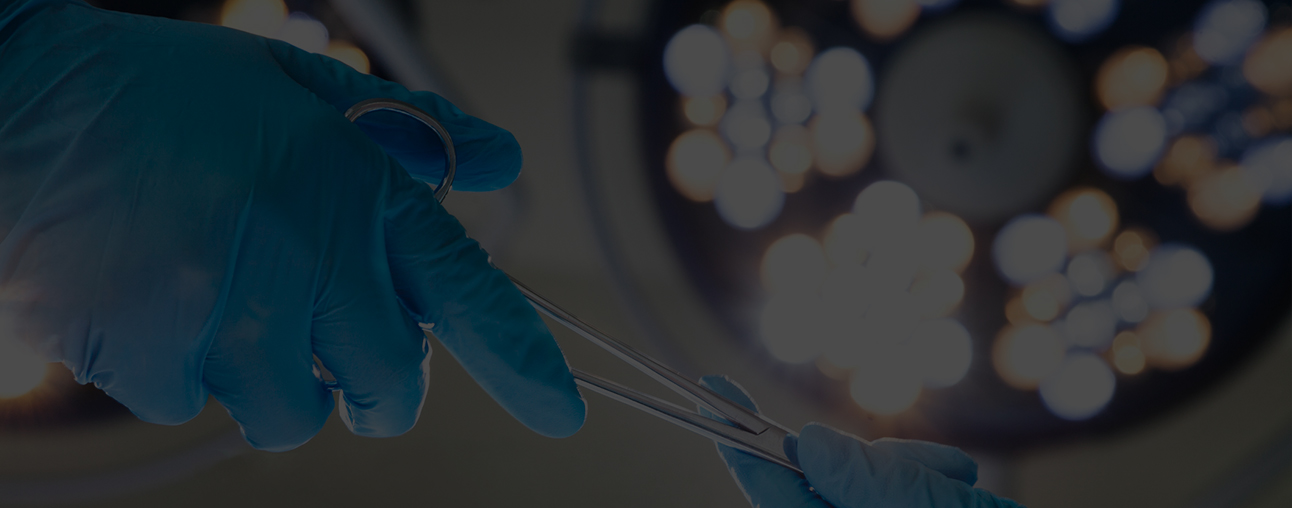

A hydrocele is a collection of watery fluid around the testicle. Fluid may accumulate between the layers surrounding the testicle and spermatic cord as a result of infection, inflammation or injury. In many cases, no cause is apparent. A hydrocele must be distinguished from a hernia, in which a weakness in the groin allows bowel to slip thought, causing discomfort and swelling in the groin and scrotum.
You might not be aware of a small hydrocoele, but when it enlarges it may cause a feeling of heaviness or pressure in the scrotum, and interfere with sitting or walking etc. It rarely affects a man’s fertility.
Generally, no treatment is required unless the hydrocoele is causing bothersome symptoms. Although drainage with a needle (aspiration) is possible, this treatment is not very effective and the fluid tends to come back quickly. This treatment id therefore reserved for those who are unfit for definitive surgery.
Surgical treatment is reserved for those with troublesome symptoms interfering with daily living. Surgery involves opening the scrotum (under general anaesthetic) and turning the layer that contains the fluid (tunica vaginalis) inside-out, such that the fluid cannot re-accumulate. This is usually performed with dissolving stitches as a day-case procedure, and return to work within a few weeks.
Read more about hydrocoele repair
Downloadable document on the repair of hydrocoele
Cysts are thin-walled collections of watery fluid that can develop anywhere in the body. When located in the epididymis they are called spermatocoeles or epididymal cysts. Their cause is unclear, but may result from injury, infection or other cause of blockage in the small tubes draining the testicle.
Epididymal cysts are variable in size, and most remain small (1-2cm), but occasionally they continue to grow, and end up larger than the testicle itself. On the whole they cause minimal symptoms, and treatment is generally not necessary. They can also interfere with sperm passage through the epididymis, and have an impact on fertility. As they arise from the tubes draining the testicle, they can usually be distinguished from lumps arising from the testicle itself.
Read more about epididymal cyst removal
A varicocoele is a collection of abnormally dilated veins in the spermatic cord. The veins carry blood away from the testicle normally have valves that prevent back-flow, but when these valves are defective, blood may pool in these veins causing them to stretch up, much like varicose veins in the legs.
Varicocoeles are found in up to 15% of men overall, but in up to 50% of men with fertility problems. They are much commoner on the left, but can be on either or both sides. The classical symptoms are those of a ‘dragging’ sensation around the testicle, getting worse as the day goes on, or on prolonged standing. On examination the veins are said to feel like a ‘bag of worms’.
Indications for treatment of a varicocoele are troublesome pain or infertility with abnormalities of the sperm count. There best results are seen with microsurgical sub-inguinal varicocoele repair, where the veins are tied off via a small cut (~ 2cm) in the upper scrotum. This is a short day-case procedure done under general anaesthetic, performed with the aid of an operating microscope if necessary.
Alternatively a varicocoele can be embolized (a plug placed in the vein under sedation) – a procedure carried out in the x-ray department.
Read more about varicocoele repair
For further information on the treatment of varicocoele from the British Association of Urological Surgeons, please click the More Details button.
More Details
For more information about scrotal swellings in general, please click the General Info button.
General Info
Epididymo-orchitis is an inflammation of the epididymis and/or testicle. Epididymitis means inflammation of the epididymis. Orchitis means inflammation of a testicle. It is usually due to infection, most commonly from a urine infection or a sexually transmitted infection. It can also happen in boys who get mumps. It is common in men aged 15-30 years and in men aged over 60 years. It does not occur very often before puberty.
Symptoms usually develop quickly - over a day or so. The affected epididymis and testicle swell rapidly and the scrotum can become enlarged, tender and red. It can be very painful. There may be other symptoms if the epididymo-orchitis is a complication from another infection. For example: pain on passing urine if you have a urine infection; a discharge from the penis if you have a urethral infection; etc. As with any infection, you may have a high temperature (fever) and feel generally unwell. A course of antibiotic medicine will usually clear the infection, but it may take several weeks to recover fully.
Lumps in the testis itself require urgent assessment by a urologist, including an ultrasound scan of the area, as testicular cancer may be a possibility. Other causes of lumps in the body of the testicle are benign lumps, cysts and
Testicular cancer is a cancer that arises from a testicle, and around half of all cases occur in men aged under 35. It is the most common cancer in men aged 15-44 years. There are about 2,000 new cases in the UK each year.
In most cases, the first symptom noticed is a lump that develops on one testicle. The lump is often painless but some people notice some pain or discomfort.
Almost all testicular cancers are classed as germ cell cancers, as the cells which become cancerous are those involved with making sperm. Germ cell testicular cancers are divided into two main types (depending on the exact type of cell causing the cancer):
1. Seminomas, which occur in about half of cases. They most commonly occur in men aged between 25 and 55 years.
2. Non-seminomas - sometimes called non-seminomatous germ cell tumours (NSGCTs). Non-seminomas usually affect men aged between 15 and 35 years.
For further information from the British Association of Urological surgeons on how to self-examine, please click the More Details button.
More Details
Pain in the testes or scrotum can be acute (short-lasting) or chronic (long-term), and the causes are different.
Acute scrotal pain can be due to epididymo-orchitis infection (see above), twisting (torsion) of the testicle, or other rarer causes. Occasionaly the passage of kidney stones (renal colic) can cause testicular pain.
If there is a suspicion of a torsion of the testicle, then an urgent assessment by a doctor is required, as an emergency operation may be required to untwist the testicle to restore its blood supply.
Long-standing pain in the scrotum can be a difficult and frustrating problem, and may arise from previous surgery (such as vasectomy / hernia surgery etc), previous or ongoing infections, nerve problems, psychological issues, varicocoele or spermatocoele, and occasionally no cause is found (idiopathic).
Chronic scrotal pain is usually a diagnosis of exclusion, and is made having had thorough investigations for an underlying cause. It can be associated with other elements usch as chronic prostatitis or pelvic pain, as well as ejaculatory and urinary symptoms.
Treatment is individualized, and targeted at any identifiable underlying cause. When infections etc have been treated, it may be necessary to employ chronic pain management techniques and medications, including nerve injections and psychological approaches.
Very rarely and as a last resort, surgery may be required to remove any significantly scarred areas, to cut the nerves (denervation), or reverse a vasectomy.
 |
07552 775247 |
 |
office@rowlandrees.com |
 |
Follow us on twitter |

Company Registration in England and Wales Company Registration: 07712943
Registered Address: Station House, North Street,
Havant, Hampshire, PO9 1QU
Members of:





